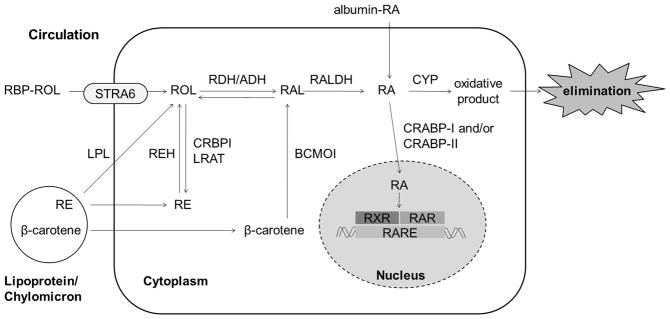Figure 1. General scheme of cellular retinol metabolism.

Cellular uptake of retinol (ROL) is mediated by STRA6 in tissues that express this surface receptor. This uptake process requires the presence of CRBPI and depends on the activity of LRAT in esterifying ROL to retinol ester (RE). STRA6 is, however, not universally expressed and is not expressed in liver and heart. Thus, it has been proposed that ROL can diffuse across the plasma membrane down a concentration gradient. RE associated with lipoproteins or chylomicrons can be hydrolyzed to ROH by LPL and taken up by this “flip-flop” mechanism across the plasma membrane. Alternatively, the lipoproteins can be taken up whole by endocytosis. Within the cell, RE is hydrolyzed by REHs to ROH, which is then either oxidized to retinaldehyde (RAL) by one of the short chain dehydrogenase/reductases reported to have retinol dehydrogenase (RDH) activity or by medium chain alcohol dehydrogenases (ADH) able to use retinol as a substrate, or esterified to RE by LRAT for storage in lipid droplets. β-carotene is enzymatically cleaved by BCMO1 in an irreversible step to form two molecules of RAL, which can be reduced to ROH by RDH or oxidized to RA by RALDH. RA can also be taken up from the circulation where it is found bound to albumin. From the cytoplasm, RA is transferred to the nucleus, by CRABPI and/or CRABPII, where it binds with RARs and RXRs to induce transcription of target genes. Alternatively, RA can be catabolized by the cytochrome enzymes (CYP) and the oxidative products are eliminated from the cell.
